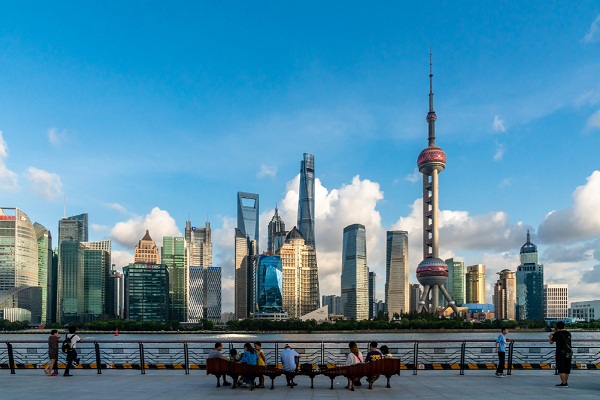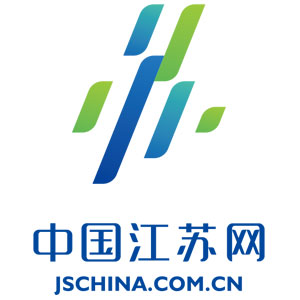
Lujiazui, Shanghai's financial center, forms a perfect backdrop to Shanghai's Bund. [Wang Gang/For China Daily]
China is now pursuing high-quality development as opposed to high-speed, quantitative growth. Its pursuit has been boosted by "new quality productive forces" and new innovations. This is not a bolt from the blue; instead, it has been conditioned by internal and external factors.
Internally, China is pursuing high-quality, innovation-driven development. From the 1980s to the 2010s, China's GDP grew at an average rate of more than 9 percent per year, even in double digits for some years. While the development of China's agricultural and industrial sectors has reached higher levels, the development of the service sector has opened the door to grander achievements.
Externally, global tensions have motivated China to focus on high-quality development, particularly to become self-reliant in key sectors and attain strategic sovereignty. Since the Donald Trump administration, the United States, along with some other Western economies, has used many strategies to contain China. The strategies did not change much even after Joe Biden became US president. Other factors, too, including economic and trade consequences during the COVID-19 pandemic, have impacted the Chinese economy.
All these issues prompted China to take measures to better manage the rising risks and more forcefully pursue high-quality development. From 2021 onwards, China has been implementing the 14th Five-Year Plan (2021-25) for Economic and Social Development and Long-Range Objectives through the Year 2035, which focuses on innovation-driven development.
While the previous five-year plans built the base, the 14th Five-Year Plan has set eyes on new horizons, because it is the first five-year plan after China achieved the goal of building a moderately prosperous society in all respects, which is usually translated as a well-off society, by, among other things, eradicating extreme poverty by the end of 2020 and improving people's living standards.
China is aware of the importance of boosting domestic consumption, and has taken measures to that end in order to balance the domestic and foreign aspects of development. China, it seems, has linked sovereignty to technological independence and self-reliance in key sectors. This fact is incorporated in China's concept of ecological civilization following the Paris Agreement.
China's high-level opening-up and mutually beneficial global cooperation are based on three factors: high-quality development of the new economy, high-quality development of the Belt and Road Initiative, and improvement of the global economic governance system.
Of course, higher-quality, innovation-driven development with new quality productive forces requires improvement in research and development. In fact, China has been trying to upgrade its R&D sector since 2020 when the Ministry of Science and Technology and the Ministry of Education advocated a new research assessment approach, which would make it possible to assess scientific work in a new way in order to enrich people's scientific spirit with creativity.
While in the past, the focus was on quantitative indicators of publishing papers in journals, with China ranking No 1 in contributing to international scientific journals, now the aim is to promote high-level research and make qualitative global contributions.
High-quality papers published in journals are part of China's efforts to facilitate innovation-driven development, so as to create a bigger global impact. Also part of the high-quality development process are innovative research, technological breakthroughs, industrial upgrading and green transformation.
However, these will achieve more significant results and make better sense if they are seen in the broader framework of China's innovation initiatives. Also, China's contribution to global growth can be better understood by taking into consideration the global contributions of its initiatives such as the Belt and Road Initiative, which completed 10 years in 2023, as well as the Global Security Initiative, which aims to build a stable, peaceful world, and the Global Civilization Initiative, which promotes global cooperation and mutual respect.
As for the Global Development Initiative, it aims to promote healthier, greener development, and supports the United Nations' 2030 Agenda for Sustainable Development. These initiatives will have to overcome many challenges to achieve their goals but will emerge successful in the end.












